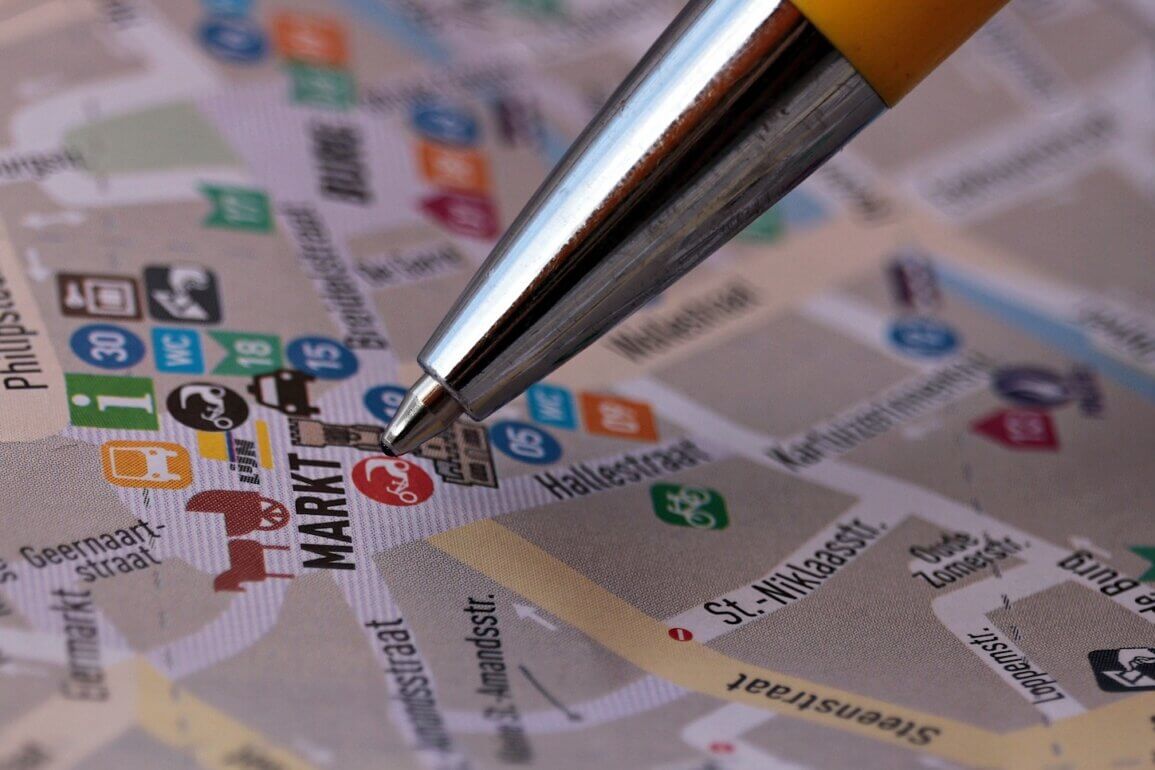By Sally McCutchion and originally published on medium.com
About 18 months ago, I joined the Greaterthan ecosystem and it’s been a real pleasure collaborating, conspiring and connecting with a bunch of folk from around the world who do work that’s connected to what I do.
One of the more recent conversations I had with my Greaterthan colleague Lyssa Adkins, was connected to the principles of role mapping.
This is a key part of the Holacracy practice so it’s been in my toolkit for almost 10 years now. However, the way that I introduce this process to companies and the benefits that it brings is much broader than the practice of Holacracy.
I showed Lyssa, this org structure…

If it looks a little archaic, it kinda is.
In fact, it’s from 1920.
And maybe the fonts we use these days are a little more modern and it definitely wouldn’t need to be typed out on faded paper anymore but for all the ways the world has changed in the last 100 years, we still use the same basic structures when defining the layout of our businesses.
Isn’t that just the craziest thing?!
Lyssa helped me articulate a particular curiosity about this kind of linear organisation structure…
That it maps people and lines of reporting but it doesn’t map the purpose of the business or the flow of work.
And that would have been okay back in 1920 when work itself was more linear, consistent and predictable.
But these days we need more fluidity, more purpose, more adaptability and more transparency.
Without that, we risk going a little bit doolally…

In All Seriousness
The challenges we face in business today are complex, all-consuming and occasionally, overwhelming.
Lyssa and I captured a list of things that we often see, hear and help address:
- Delivery capability is slowed down because people duplicate work or there are things that fall through the cracks.
- There is a lack of empowerment in making decisions even though people are empowered.
- Silos exist where single function teams don’t collaborate with other single function teams.
- People communicate all the time, but it is not effective. There is still an overall lack of context or knowledge.
- Organisational changes have caused interpersonal tensions.
- We don’t hold one another accountable and things slip or the “heroes” step forward to save the day. We get it done, but resentment builds up.
- Our delivery work isn’t in the spotlight enough. We are stuck in single-function mindset with many handoffs which creates a lack of attention to the client or project.
- A core part of our business strategy is under-supported and lacks efficacy.
- The team dynamics don’t work well enough. There’s not enough trust.
- Nobody understands what key people in the business actually do, this is a problem for succession planning amongst other things.
- People aren’t enjoying their jobs because there’s so much confusion, duplication and fire-fighting.
- We lack entrepreneurial acumen in key parts of the business.
- Our business changes so rapidly, new starters find it difficult to onboard and function effectively as quickly as we need them to.
- We are so busy, there’s no time to properly care for people’s wellbeing and needs.
- We are too transactional in our focus and how we interact with each other. We need to become more cross-functional and more adaptable.
If any of these challenges resonate for you, read on!

Role Mapping Process
In a business with around 20–25 people, normally allow 3–4 months to create the role map.
The process itself can be altered to suit the specific needs and resources of a business. Sometimes I start the work with a core group of 3–4 people. Alternatively, you can get your whole team together for their involvement from the very start.
Either way, the process begins with getting clear on the purpose, vision and core missions of your business. This is something you may have to hand but it’s important to bring it front and centre of what you’re doing.
If I’m working with a core group, we then start mapping the key accountabilities and tasks that are needed to fulfil the business missions. This route is a good option if you have an appetite to make some significant changes in your business.
What’s really interesting about this process is that we map the work without factoring the people into the conversation.
Your people will come back into full view in good time but some really useful conversations get opened up when we focus on what’s needed to do the best work without getting lost in conversations about the people.

When we have a full list of accountabilities and tasks, we start to cluster them into circles. These are groups of roles that share a mission or purpose.
And this part of the process is always so valuable.
The deepest and most insightful conversations happen at this stage, about the work that you do and how you do it.
Is there enough focus on your core projects?
Where are there gaps in accountability?
How do silos show up amid the workflow?
It can sometimes feel like we’re trawling through the mud at this stage but in a facilitated setting, taking one step at a time, we always make it through to a place of clarity and direction.

Integrating ‘What Could Be’ With The Current Reality
A brand new role map that isn’t well integrated into the current reality of your business is good for nobody. The next part of the process is to bridge those two worlds…
If we haven’t already done so, this is the time when the broader team are brought into the conversation. Their own interpretation of their roles is captured and we introduce the newly created role map as well.
We create space for honest reflection about what’s going well and where there is room for improvement and there is a natural merging of ‘what could be’ and ‘what is’.
At this point, the outcome is well and truly out of my hands as a facilitator. I may steer the process and make suggestions if needed but inevitably, the solutions come from within your team.
Some of the solutions that have emerged in recent iterations of the role mapping process are:
- Abolishing the existing meeting schedule
- Creating a specific project development process
- Addressing long-standing tensions within the team dynamics
- Defining clear accountabilities that resolve interpersonal tensions between two people
- Providing additional support to someone who was clearly ‘over-roled’
- Identifying specific training needs that impact the core mission of the business
- Integrating a key team that have been on the sidelines
- Putting greater focus on the core projects of the business
- Supporting better cross-function collaboration

Supporting The Future Of Your Business
There are two key messages throughout the role mapping process:
1. This is a map, not a piece of coding.
We won’t be plugging the role information into your people and expecting them to follow it to the letter. Therefore, it doesn’t need to be perfect. It should be a reasonable reflection of what happens, not a mirror image.
2. The map will never be ‘complete’
It will change and evolve as your company changes and evolves. We will get the map to a place of being ‘good enough’ and then you can use it to make business iterations over time.
What Will Role Mapping Unlock In Your Business?
If you would like support to undertake the role mapping process within your business, Lyssa and I would love to chat with you.
Contact us via sallymccutchion.com or lyssaadkins.com and we can organise a time to meet either virtually or in person. We also have a role mapping brochure that we can send you with more information.
Sally is based in London and Lyssa is based between Virginia, USA and Lisbon, Portugal.
Here are some of the things that people have said recently:
“I am really appreciating the support that you and Lyssa are providing”
“This process has been transformational for us”
“I think of my job as a collection of roles anyway so it’s great to have that reflected”
To browse around some live examples of role maps, click here to view Vivobarefoot’s role map and here for Live Sciences role map.
And Finally…
I’m not quite sure how it came to be that George Gershwin was played so often at home when I was growing up… It could have been connected to when my eldest sister started playing percussion in the local orchestra.
Either way, Gershwin’s music was played regularly in my house (along with Boney M, The Beatles, Jesus Christ Superstar and Oliver) and something about it brought us all together. It was music we all enjoyed.
This particular piece was written in 1924, the same decade as the org structure that I opened this article with. I can’t think of a better reason to play Gershwin’s Rhapsody In Blue.
This piece of music is the Bohemian Rhapsody of the 1920’s. There are so many changes in melody, tempo and style.
It was controversial in its day as well, bringing two competing genres of music together and creating something that lived in a world between jazz and classical. Enjoy Gershwin’s Rhapsody In Blue
It’s thoroughly worth the 17 minutes of listening time and reminds me, not only of family but also, how beautifully we can create flow in areas of our lives that might not otherwise blend together.
Republished with permission.
Featured Image and some paragraph spacing added by Enlivening Edge Magazine. Image by NoName_13 from Pixabay




